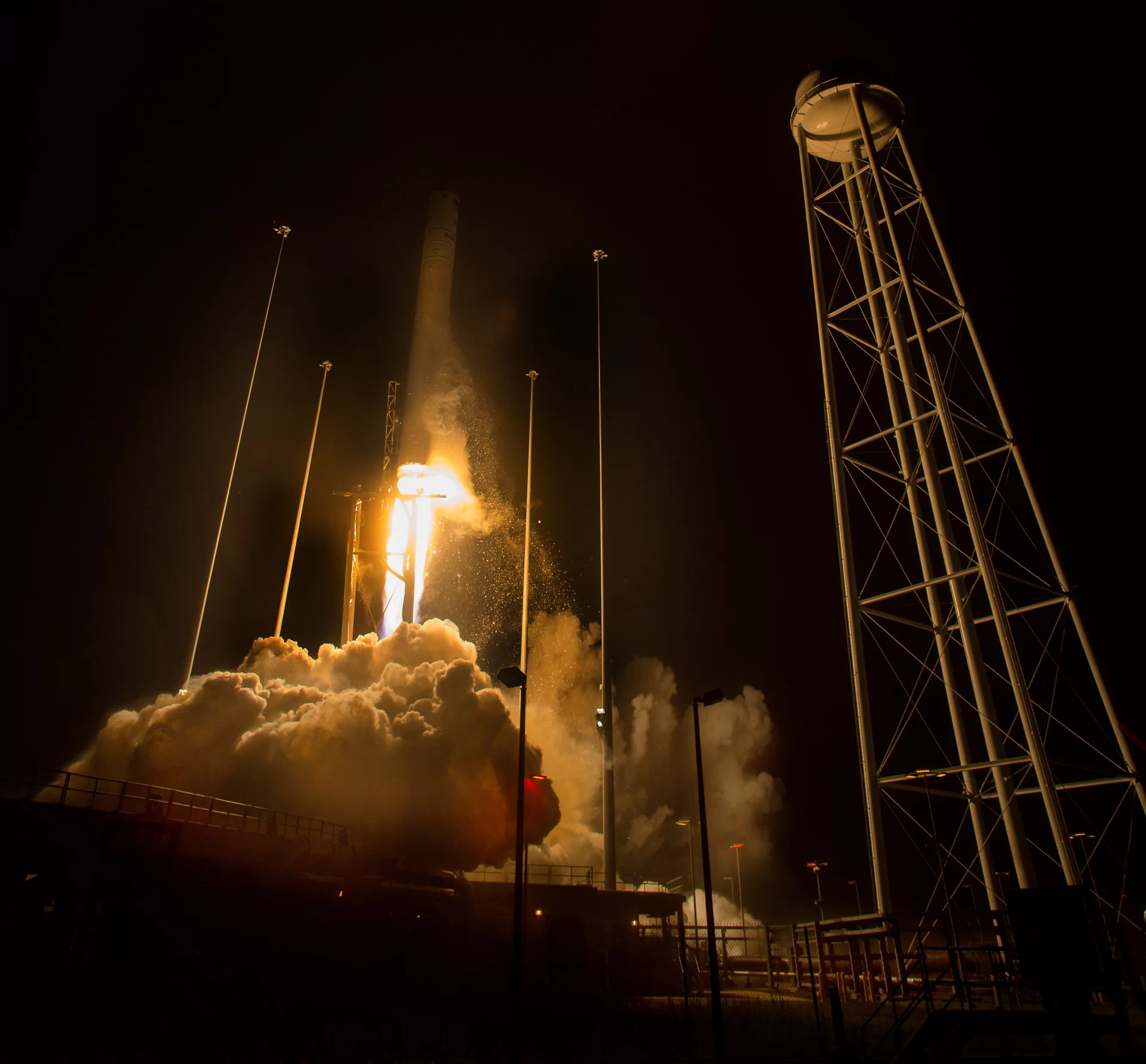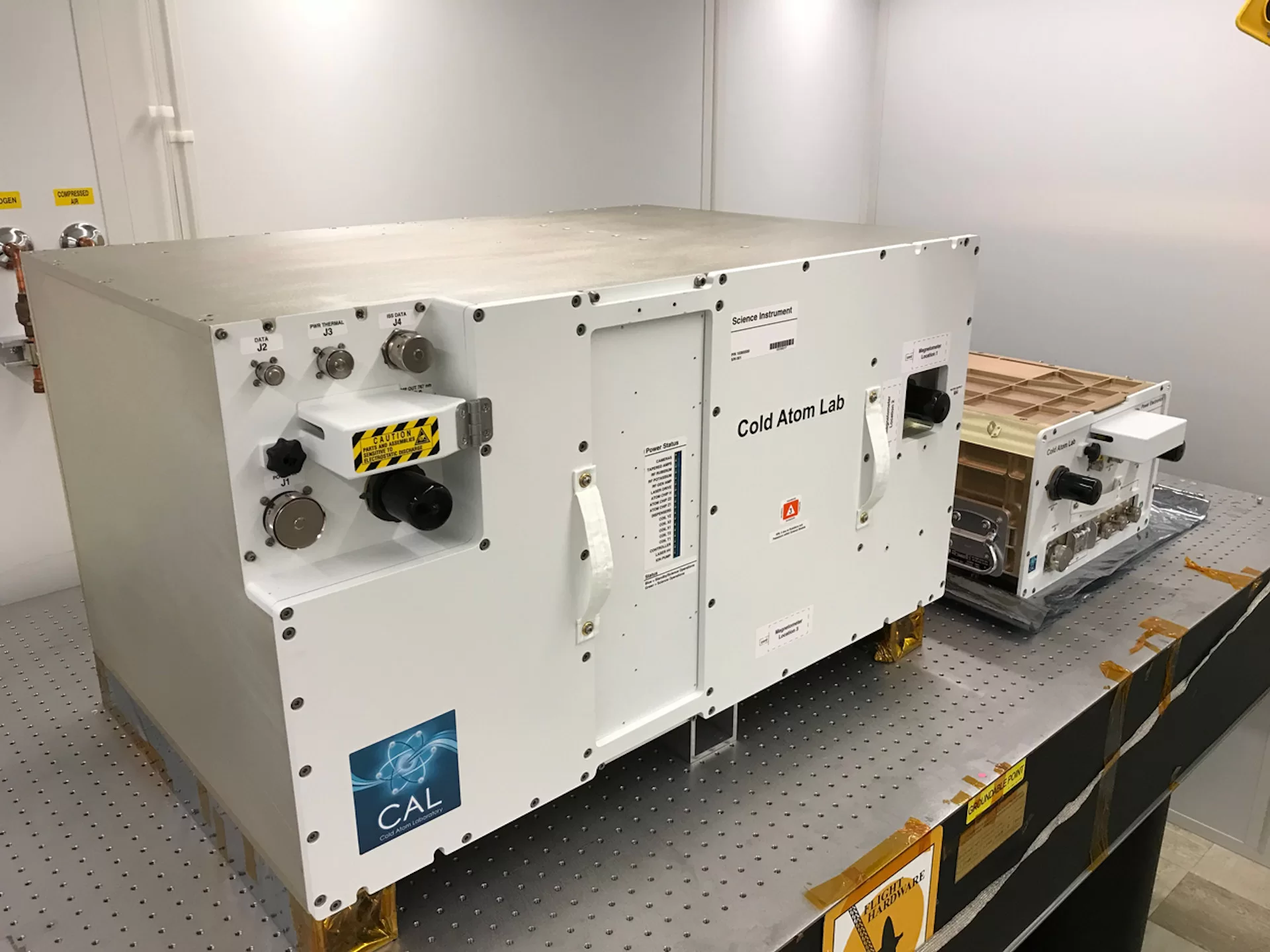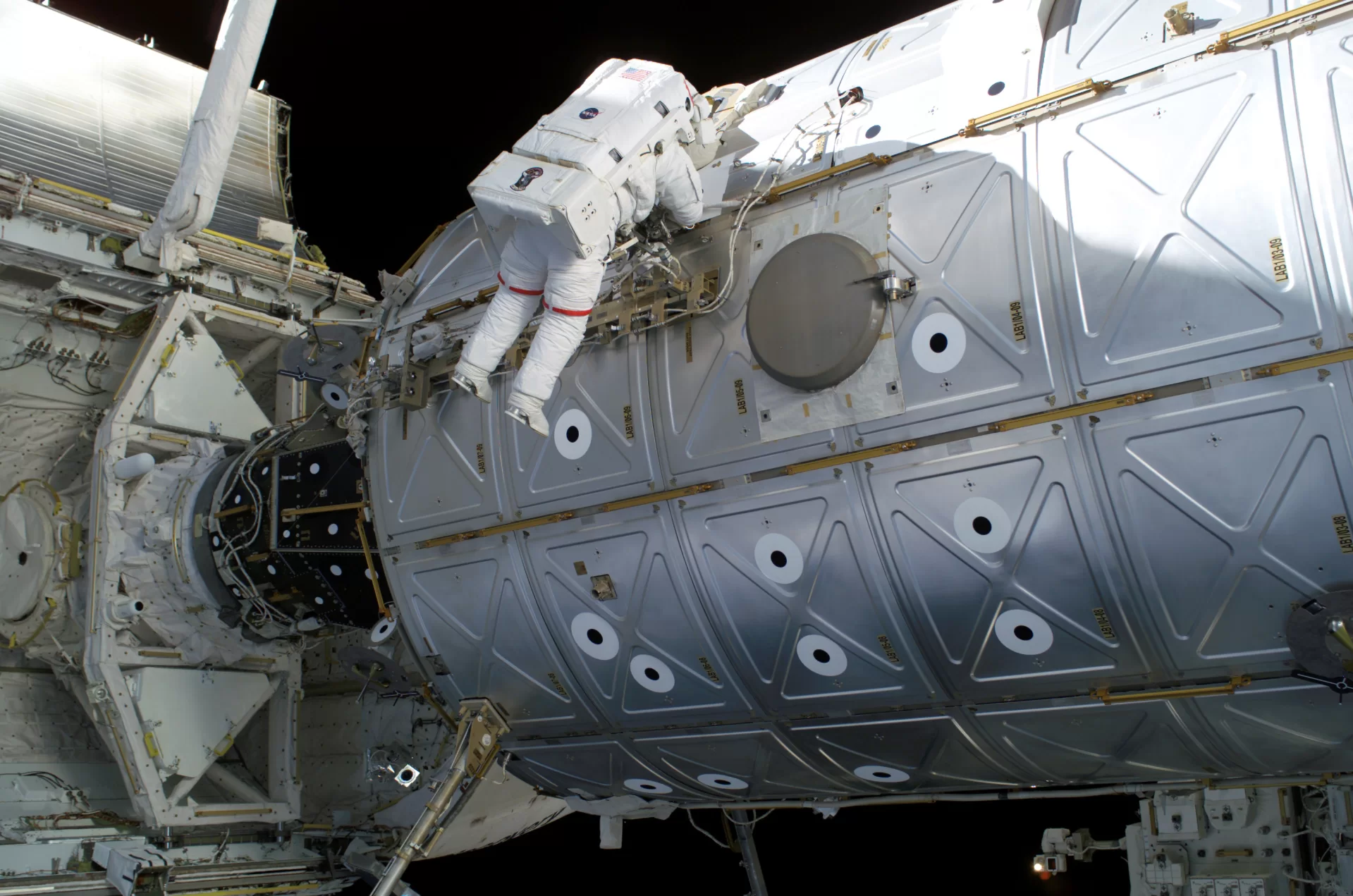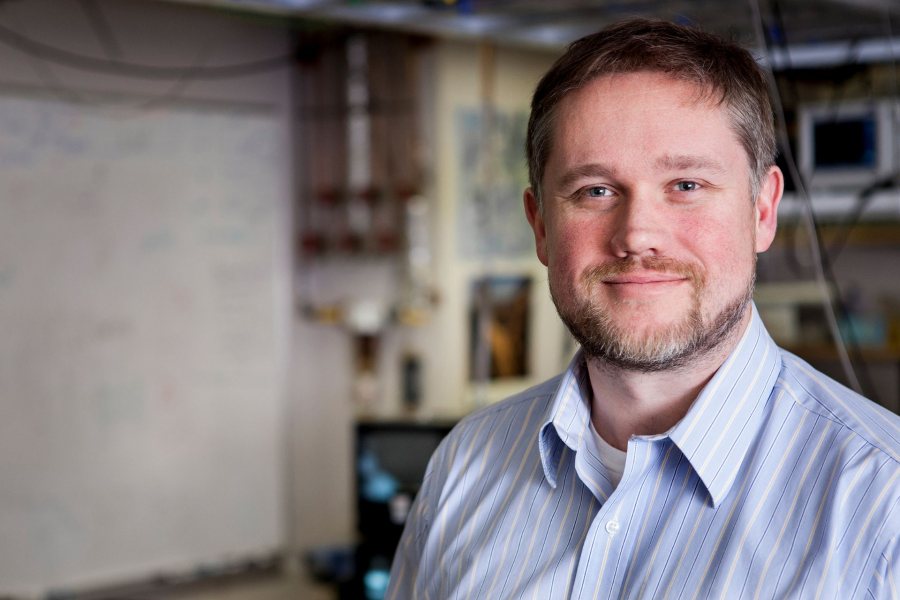If an atomic physicist like Nathan Lundblad could slip the surly bonds of Earth’s gravitational pull, what sort of experiment would he dream up?
About a decade ago, that quite question was posed to physicists about the nation when NASA issued a call for proposals to do funded analysis employing a new facility to be mounted aboard the Worldwide House Station.
Lundblad, a Bates professor of physics, experienced a research proposal at the prepared: He would attempt a thing by no means before completed on Earth: generate tiny bubbles of ultracold atoms.
In response its simply call, NASA announced in 2014 that it would fund 7 study tasks, which includes 1 headed by Lundblad, to carry out the 1st experiments aboard the Cold Atom Laboratory, which was released to the Global Place Station, about 250 miles previously mentioned the Earth, in 2018.
This 7 days, Lundblad and his coathors printed their initially reseach findings, “Observation of ultracold atomic bubbles in orbital microgravity,” in the journal Mother nature, which is now attracting captivated countrywide media consideration.

In advance of we clarify the bubbles, we require to clarify why they’re significant, which has to do with discovering the miracles of quantum physics.
Lundblad’s investigate appears to be like at what transpires when a cloud of atoms turn out to be ultracold — near absolute zero, that is. This ultracold cloud of 10,000 or so atoms sluggish down — way, way down — until finally they appear with each other “in a blob, or clump,” describes Lundblad.
Large enough to be seen to the bare eye, this blob of atomic gas is recognized as a Bose-Einstein condensate. Named for Albert Einstein and fellow physicist Satyendra Nath Bose, who accurately predicted their existence in the 1920s, BEC’s are thought of a distinct state of matter from a gasoline, liquid, sound, or plasma. They intrigue physicists for their quantum homes, these types of as acting like a wave somewhat than particular person particles, a home known as “wave-particle duality.”
Lundblad describes a BEC as a “very specific fuel, where by atoms develop into blurred out these types of that we really do not know exactly where the atoms are inside of the blob.”

The singular accomplishment claimed by Lundblad and his investigate group in their Mother nature post is that they’ve effectively built a bubble out of a BEC, “like inflating a bubble from a blob of soap,” he points out. “When we blow it up, the bubble’s diameter can mature to a couple of tenths of a millimeter, much larger than the diameter of a hair,” and noticeable to the eye. The sphere is somewhat large in contrast to its thickness, “only a number of atoms thick.”
Till now, it is not been doable to produce ultracold atomic bubbles for the reason that gravity squashes them. For Lundblad and other scientists, that was a major draw of performing cold atom investigation aboard the space station: It is a gravity-free of charge spot.
Properly generating ultracold bubbles didn’t surprise Lundblad, but it was nonetheless even now gratifying. “There was actually no explanation to count on that it would not perform. But it was really pleasant to see it in motion for the to start with time, and see how the bubble curled up all over the sides.”
This collection of photographs demonstrates an ultracold atom bubble being formed inside of NASA’s Cold Atom Lab, as portion of study led by Bates Professor of Physics Nathan Lundblad.
The intrigue all around developing and examining an ultracold bubble as an alternative of a simple BEC is “similar to what is specific about accomplishing physics on a curved earth as a substitute of a flat earth,” he suggests. “You can get intriguing and counterintuitive effects.”
For case in point, “some theoretical operate indicates that if we perform with one of these bubbles that is in the BEC condition, we may well be in a position to form vortices — generally, minimal whirlpools — in the quantum materials,” states Lundblad. “That’s just one case in point of a actual physical configuration that could help us fully grasp BEC attributes improved and obtain more insight into the character of quantum make any difference.”
At the moment, the ultracold bubbles established in the Chilly Atom Lab are not them selves Bose-Einstein Condensates. The bubble results in being a bit also heat to keep on being a BEC. That’s the future move for Lundblad and researchers, to changeover the ultracold gasoline composing the bubbles to the BEC state and see how it behaves.
Before now, Lundblad would generate BECs in an equipment on the floor ground of Carnegie Science Corridor, so the new Cold Atom Lab research signifies a sea change in how data is collected and shared in the industry of ultracold atomic physics: It can now be done in space, on a shared consumer facility, “far from a scientist’s house establishment,” claims Lundblad.

But in other places of physics, “you do your sample prepping at your household institution, then you journey to an X-ray or beamline person facility for a week, then you occur again to your home establishment. The science is done in a shared facility.” For case in point, Lundblad factors out that his colleague Aleks Diamond-Stanic “doesn’t personal the Hubble space telescope but he applies for time to use it. It is a consumer facility.”
“I’ll get textual content messages with monitor pictures of photographs when I’m putting the young ones to bed,” claims Lundblad. “That’s cool.”
“Part of what is neat about this challenge is that it started out out with, ‘What if we could create an atomic physics person facility? And which is what the Chilly Atom Lab is accomplishing listed here,” he explained.
Lundblad receives access to the Cold Atom Lab for various times every number of months. He communicates with the Jet Propulsion Lab in California, which executes what Lundblad outlines. (The astronauts aboard the area station are not associated.)

The experiments are run in the course of small business hrs at JPL, so the info begins coming in afterwards in the day. “I’ll get text messages with display screen photographs of images when I’m putting the young ones to bed,” says Lundblad. “That’s awesome.”
“The BEC machine in Carnegie has been jogging for 5 or six yrs. It is like an extension of my senses. I just know every little thing about it.”
Lundbland could inform when the Carnegie BEC was not performing appropriate, and he’d mention it to a scholar, who’d inquire, “How do you know that?” And Lundblad would say, “It just doesn’t audio proper.”
Now, working with the Cold Atom Lab, circling the Earth a pair hundred miles above the Bates campus, “you really do not have that immediate encounter, so which is a little bit stress filled.
With this advance in science, Lundblad is aware of he’s stated goodbye to a more hands-on era of his work. “It’s just a new way of doing issues.”
